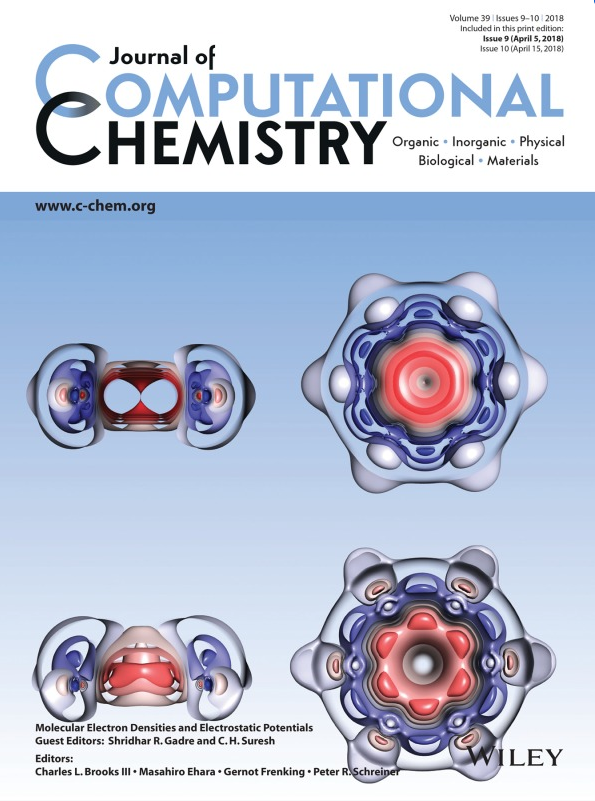
When subjecting a molecule to a uniform external magnetic field, a current is induced, which in turn gives rise to an induced magnetic field. For a given point, the Nucleus Independent Chemical Shift (NICS) expresses the relation between both magnetic fields as a single value (independent of whether or not that point contains a nucleus). As the external magnetic field forces electrons to explore delocalization pathways through the molecule as induced currents, the NICS at a point reflects the local electronic structure around that point. As such, the NICS can be used to explore the chemistry of a molecule in parts of space.
In aromatic systems, the mobility of the delocalized pi-electrons gives rise to intense ring currents. As the NICS reflects those pi-currents, it is commonly used as a measure for aromaticity. However, it also contains contributions from other currents, such as those of the sigma framework. As the NICS reports only a single value, it can no longer indicate to what extent it has been influenced by such ‘contaminating’ subsystems of currents, which can lead to misinterpretations. As the NICS is widely used, a quantification of all these contributions for a broad set of problems where NICS is applied has become essential.
In this research branch, we will show that we can quantify all these contributions in a novel way by resolving in space, sign and orbitals. Armed with these tools, we aim to determine why and when the NICS can be used to as a chemical descriptor.
-
S Van Damme, G Acke, RWA Havenith, P Bultinck, Physical Chemistry Chemical Physics 18 (17), 11746-11755
-
G Acke, S Van Damme, RWA Havenith, P Bultinck, Journal of computational chemistry 39 (9), 511-519
-
G Acke, S Van Damme, RWA Havenith, P Bultinck, Physical Chemistry Chemical Physics 21 (6), 3145-3153


